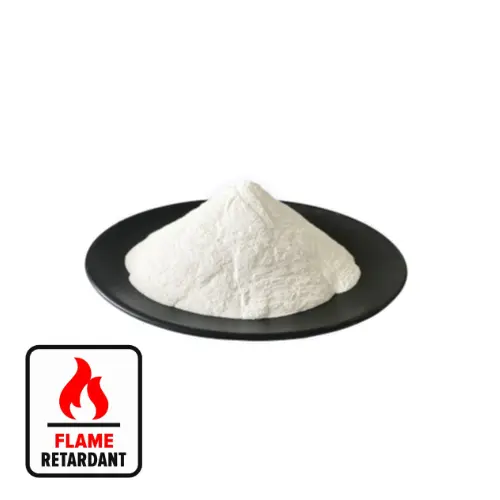Messi Biology stated that the production of magnesium hydroxide by magnesium oxide hydration is a very old process and is still in use. The main raw material is light-burned magnesium powder (magnesium oxide) obtained by light burning of magnesite, which is sometimes called caustic magnesium oxide powder by the enterprise.
The purity of this magnesium oxide is mainly determined by the grade and purity of the magnesite, because it is generally directly calcined without purification, and almost all non-volatile impurities are retained in the magnesium oxide. But even so, it is generally sufficient as a raw material for the production of magnesium hydroxide for wastewater neutralization and flue gas desulfurization. In particular, the purity of magnesite in Northeast my country is relatively high, and the content of harmful impurities such as heavy metals is low.
Light-burned magnesium powder can be directly hydrated after preliminary screening to obtain magnesium hydroxide. The chemical reaction formula is as follows:
MgO+H2O=Mg(OH)2+16.87kJ. Studying the hydration kinetics and hydration mechanism of magnesium oxide is one of the keys to improving production quality. In general, hydration is relatively complete, but sometimes it will cause “crusting” and “sticking”, which will affect subsequent filtration and dispersion.
The raw material sources of magnesium oxide hydration method are as follows: calcined magnesium oxide with magnesite, calcined magnesium oxide with brucite, calcined magnesium oxide with basic magnesium carbonate by dolomite carbonization, etc.
The process of preparing high-purity ultrafine magnesium hydroxide by hydration of magnesium oxide mainly includes the following steps:
1. Raw material selection: Use high-purity magnesium oxide (MgO) as the starting material to ensure the purity of the final product. The magnesium oxide raw material needs to be strictly screened to remove impurity elements.
2. Pretreatment: Preheat the magnesium oxide powder under appropriate conditions to remove the moisture and possible impurities adsorbed on the surface, and prepare for the subsequent hydration reaction.
3. Dissolution and hydration: In a controlled environment, slowly add the pretreated magnesium oxide powder into deionized water. During this period, heating and stirring may be required to promote the reaction of magnesium oxide with water to form magnesium hydroxide [Mg(OH)2]. The key to this process is to precisely control the reaction conditions, such as temperature, pH value and reaction time, to obtain high-purity, ultra-fine magnesium hydroxide crystals.
4. Crystal form control: The nucleation and growth of magnesium hydroxide crystals can be guided by adding specific crystal control agents or adjusting the concentration, temperature and other parameters of the solution to form the desired crystal morphology and particle size distribution.
5. Separation and washing: After the reaction is completed, the generated magnesium hydroxide precipitate is separated from the mother liquor by centrifugation or filtration. Subsequently, the precipitate is washed several times to completely remove soluble impurities and residual reaction medium.
6. Drying and grinding: The washed magnesium hydroxide is dried at low temperature to prevent the particles from agglomerating and coarsening, and then it can be ground as needed to further refine the particle size to reach the ultra-fine level.
7. Characterization and inspection: The product is characterized by means of X-ray diffraction (XRD), scanning electron microscopy (SEM), laser particle size analysis, etc. to ensure that its purity, crystal form and particle size meet high standards.
Magnesium oxide hydration to prepare magnesium hydroxide in the process, the activity of magnesium oxide is an important factor in determining whether the reaction can be carried out smoothly. If the activity of magnesium oxide is good, the activation energy required for the reaction is low; on the contrary, if the activity of magnesium oxide is poor, the activation energy required for the reaction is high. The activity of magnesium oxide used in this test is poor, the activation energy of the reaction is high, and the energy absorbed to react with water is high. At lower temperatures, the reaction rate is slow and the reaction is difficult to occur. As the temperature rises, the energy of the reaction system also rises, the molecules can absorb enough energy to become activated molecules, and the percentage of activated molecules increases. At the same time, the molecular movement is intensified, and the frequency of mutual collision is increased, which makes the reaction rate greatly accelerated. Therefore, the activity of magnesium oxide directly affects the rate of magnesium oxide hydration.

